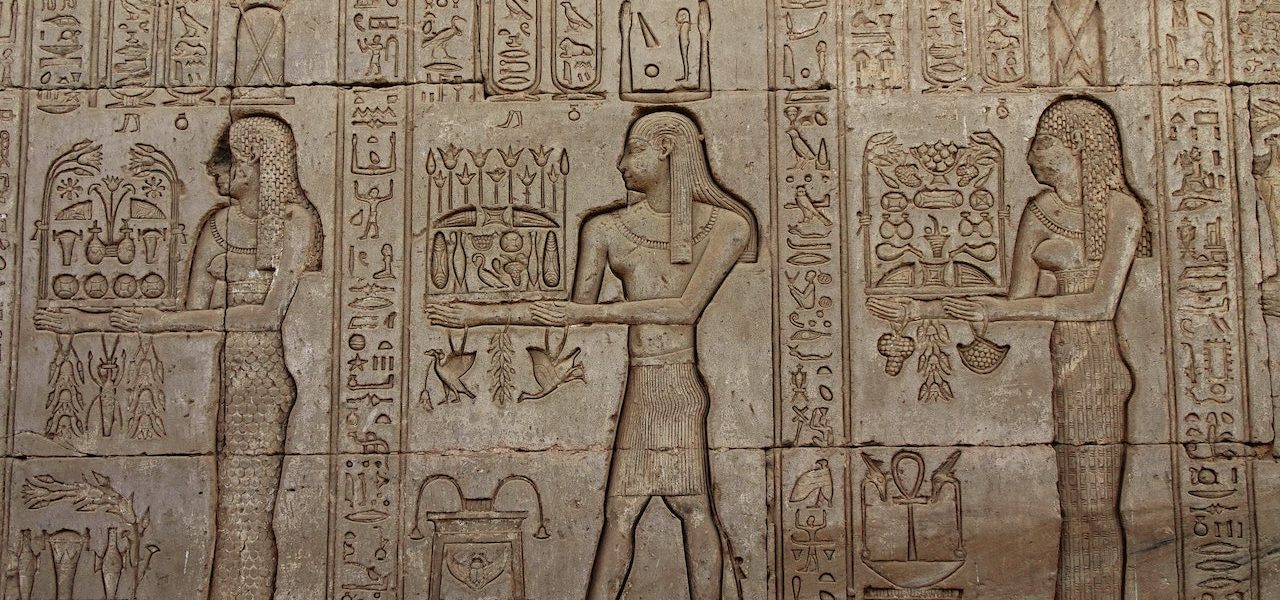Goddesses in Egypt
Goddesses held a significant and multifaceted role in the religious and cultural landscape of ancient Egypt. Egyptian mythology featured a pantheon of deities, and goddesses were as important as gods in this complex belief system. These goddesses represented various aspects of life, nature, and the cosmos, and they often had distinctive attributes and roles. Here is an introduction to some of the most prominent goddesses in ancient Egypt:
Isis
Isis was not only the wife of Osiris but also his sister. She played a central role in the myth of Osiris, as she gathered his dismembered body parts after he was killed by their brother Seth and resurrected him.
As the goddess of magic and healing, Isis was believed to possess great knowledge of spells and was invoked for protection and the healing of the sick.
Hathor
Hathor was associated with the nurturing and motherly aspects of goddesses. She was often considered a celestial cow or as a woman with cow horns.
She was also linked to the afterlife and believed to assist the deceased in their journey. In this role, she was sometimes called the “Lady of the West.”
Bastet
Bastet was often depicted as a lioness or a woman with the head of a lioness or house cat. Her image could vary from a fierce lioness, symbolizing her protective qualities, to a gentle domestic cat, symbolizing her more nurturing side.
Bastet was especially revered in the city of Bubastis, where a grand temple was dedicated to her worship.
Sekhmet
Sekhmet was a powerful goddess associated with war and destruction. She was believed to have the ability to unleash plagues and epidemics as a form of divine retribution.
To placate Sekhmet’s destructive tendencies, festivals were held in her honor, including the “Feast of Sekhmet,” which involved music and dancing to appease her.
Ma’at
Ma’at represented the concept of balance and order in the universe. She was often depicted with a feather on her head, which represented truth and justice.
Ma’at’s significance extended beyond mythology; she was the guiding principle for Egyptian law and ethics, ensuring that justice and fairness prevailed in society.
Nut
Nut was the daughter of Shu (air) and Tefnut (moisture), and the sister and wife of Geb (the earth). Her body, often depicted as a starry arch, covered the sky.
In Egyptian cosmology, Nut swallowed the sun god Ra each night and gave birth to him again each morning, symbolizing the cycle of day and night.
Nephthys
Nephthys was the sister of Isis and Osiris and played a supportive role in the Osiris myth. She was associated with mourning and lamentation.
Nephthys was also considered a protective goddess, particularly during the embalming and funerary rites. Her presence was thought to help guide the deceased to the afterlife.
Bastet (variant with the lioness head):
In her earlier form as a lioness goddess, Bastet was considered a fierce protector of the pharaoh and the nation. Statues of this aspect were often placed at the entrances to temples and palaces to ward off evil.
Wadjet
Wadjet, the cobra goddess, was closely tied to the pharaoh’s authority. The uraeus, a symbol of her protective power, was often depicted on the royal crown.
Her role was to protect the ruler and the nation from potential threats, both earthly and supernatural.
Seshat
Seshat was the goddess of writing and wisdom, and she was often depicted with a seven-pointed star above her head.
She was associated with record-keeping and maintaining the temple archives. Seshat also played a role in measuring and marking out sacred sites and construction projects.
Read More




